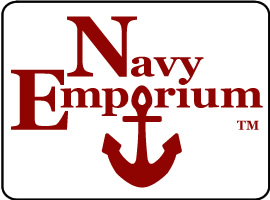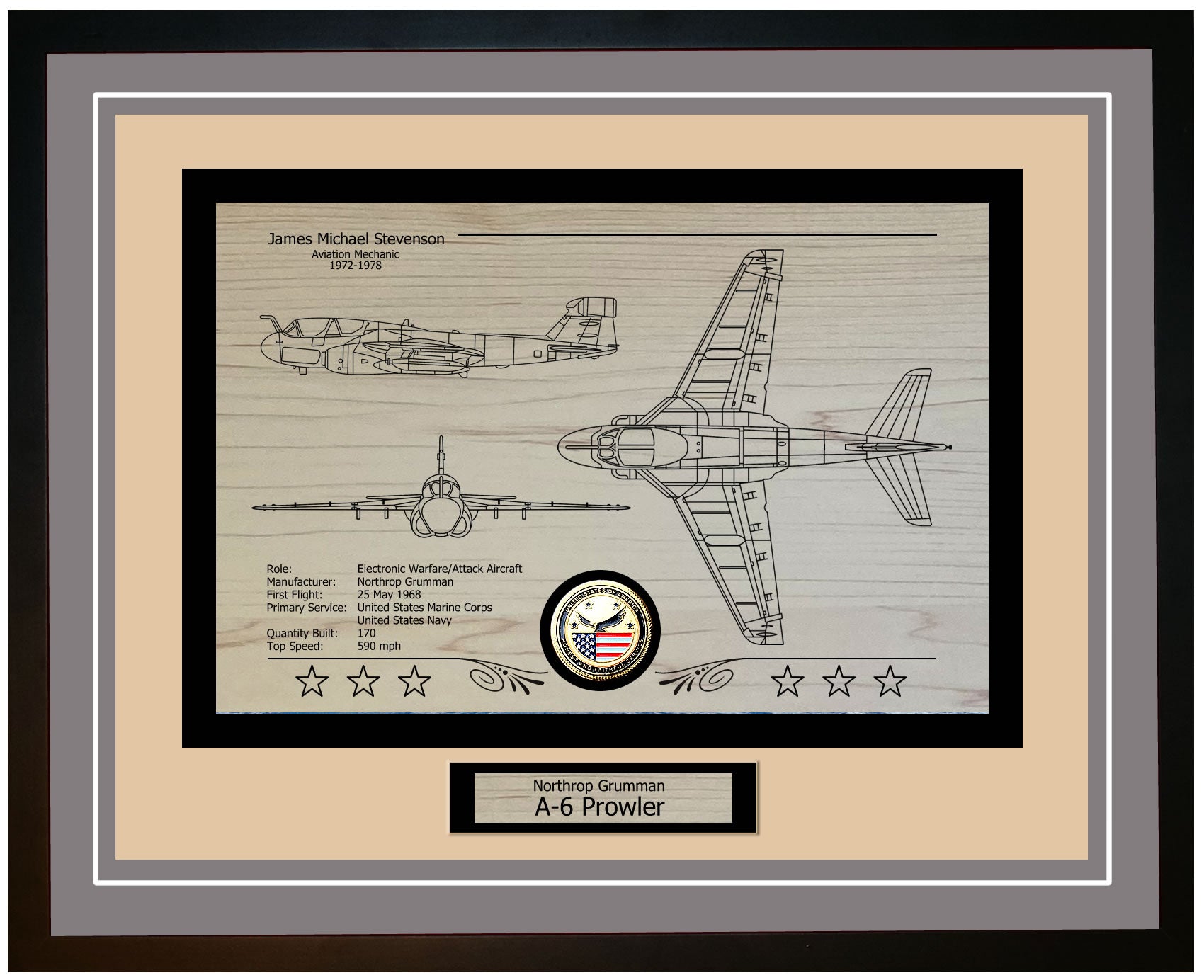The USS Tillman (DD 641) was a Gleaves-class destroyer built during World War II. Constructed at the Charleston Navy Yard in Charleston, South Carolina, its keel was laid down on May 1, 1941. The ship was launched on December 20, 1941, and officially joined the United States Navy on June 4, 1942. The construction of the USS Tillman was part of an initiative to strengthen and update the U.S. Navy's fleet in response to the escalating conflict. Building this ship showcased the mobilization that characterized America's wartime efforts as shipyards worked tirelessly to produce vessels crucial for both Atlantic and Pacific operations.
The vessel was named after Benjamin Ryan Tillman, a U.S. Senator from South Carolina who served from 1895 until his passing in 1918. Known for his advocacy for expansion and modernization, Tillman was an apt choice as namesake for a ship intended to project American naval strength worldwide. Despite his history, which included firm support for segregation and white supremacy, his contributions to naval policy were significant enough to warrant this posthumous honor.
The USS Tillman stood out for its weaponry and design as a Gleaves-class destroyer. It was armed with four 5-inch/38 caliber dual-purpose guns, capable of engaging both surface and air targets. Additionally, it housed torpedo tubes, anti-aircraft guns, and depth charge projectors, making it a flexible vessel ready to tackle various threats. Emphasizing speed and maneuverability, the ship could reach a speed of 37 knots, enabling it to undertake tasks ranging from convoy escort duties to confronting enemy submarines and surface ships.
The USS Tillman left a lasting mark on the U.S. Navy through its involvement in World War II. It participated in operations such as escorting convoys in the Atlantic and Mediterranean and conducting submarine warfare missions, playing a vital role in safeguarding merchant shipping and engaging enemy forces. As part of the Gleaves class, the USS Tillman embodied versatility and resilience, contributing significantly to the success of U.S. Navy operations during wartime.
The Gleaves-class destroyers, including the USS Tillman, were upgraded versions of the Benson-class ships. These vessels were designed for tasks such as submarine warfare, air defense, and surface combat. Known for their robust build, advanced radar and sonar systems, and strong weaponry, these destroyers were intended to be versatile and dependable in the evolving naval warfare landscape of World War II.
On June 4, 1942, the USS Tillman was officially put into service during a ceremony attended by officials, shipyard workers, and its crew. This event marked the culmination of efforts by shipbuilders and signaled the beginning of the vessel's mission to defend American interests at sea. As it embarked on its journey, joining a fleet of destroyers during World War II, the USS Tillman symbolized the unwavering strength and resolve of the United States Navy.
USS Tillman DD-641: A Deep Dive into the Engineering Marvel and Firepower of a Naval Legend
During World War II, the USS Tillman (DD 641) served as a Gleaves-class destroyer, recognized for its construction and adaptability. Measuring 348 feet in length and 36 feet in beam, the ship combined speed and stability. Its hull was crafted from high-tensile steel, ensuring resilience in battle conditions. The superstructure was designed to minimize radar visibility, reflecting a forward-thinking approach to enhance capabilities. Featuring multiple watertight compartments, the ship's design significantly improved its survivability in case of damage.
In terms of technology, the USS Tillman was outfitted with advanced navigation, communication, and combat systems. It utilized radar and sonar technology crucial for detecting enemy vessels and submarines. Notable systems included the SG radar for surface search operations and the SC radar for air search missions. These sophisticated systems enabled the Tillman to perform effectively in combat scenarios, such as anti-submarine warfare and surface engagements. The ship also had a communication setup that included radio and signal lights to ensure coordination with other naval units and command centers.
The USS Tillman’s firepower reflected its role as a destroyer. Its main armament consisted of four 5-inch/38 caliber dual-purpose guns, capable of targeting both surface and air threats. These guns were mounted in turrets for a wide firing range and quick response to dangers. The ship also carried anti-aircraft weapons, including quad 1.1-inch/75 caliber guns and multiple 20mm Oerlikon cannons, which were crucial for protecting the ship from enemy aircraft during battles in the Pacific Theater.
In addition to its gun arsenal, the USS Tillman was equipped with torpedo and depth charge systems. It housed ten 21-inch torpedo tubes in two mounts for launching Mark 15 torpedoes, which were highly effective against enemy vessels. For submarine operations, the Tillman was fitted with depth charge projectors and racks to engage and eliminate underwater threats. This variety of weapon systems made the USS Tillman a formidable and versatile adversary capable of effectively engaging enemies in combat.
USS Tillman DD-641: Evolution of a Naval Powerhouse
The USS Tillman’s use of technology improved its ability to carry out anti-submarine warfare (ASW) operations, allowing it to effectively engage threats from both surface and underwater domains. The USS Tillman had a range of mission capabilities that showcased the responsibilities destroyers had during World War II. It was involved in protecting convoys and safeguarding supply routes from enemy submarines and surface vessels. The ship also participated in actions such as shore bombardments and surface battles, providing fire support for amphibious landings and other naval missions.
The Tillman served as a radar picket ship, acting as a warning system by detecting and reporting enemy aircraft movements to enhance the readiness of naval task forces. Throughout its service, the USS Tillman made varied contributions to the fleet, playing roles in operations like the invasions of North Africa, Sicily, Normandy, and various Pacific campaigns. Its involvement not only assisted allied forces but also underscored the strategic importance of destroyers in modern naval combat.
The USS Tillman's capacity to adapt to emerging dangers and its sustained operational efficiency highlight the significance of technological advancements in maintaining naval supremacy. As its service drew to a close, the USS Tillman garnered battle stars, showcasing its lasting impact and pivotal contribution to securing victory in World War II.
USS Tillman DD-641: A Chronicle of Valor and Victory on the High Seas
The USS Tillman (DD 641), a destroyer of the Gleaves class, played a crucial role in important missions during World War II. Launched in 1942, the vessel was quickly sent to the Atlantic region, where it took on duties escorting convoys and safeguarding supply routes between the United States and Europe. The early missions of the Tillman were vital in combating the threat posed by U-boats, ensuring that troops and supplies reached their destinations securely. Its speed and firepower made it an invaluable asset during the Battle of the Atlantic, helping to maintain the flow of resources for the Allied war effort.
As the war progressed, the USS Tillman was redeployed to the Mediterranean Sea, where it supported the invasion of Sicily in July 1943. Throughout Operation Husky, the Tillman provided naval gunfire support by bombarding enemy positions and protecting landing forces from counterattacks. The destroyer's role in this operation was significant, contributing to the establishment of a foothold on the island, ultimately leading to Italy's liberation. The courage and expertise displayed by its crew as they navigated through minefields and endured enemy fire were commendable.
Later in the war, the USS Tillman was moved to the Pacific region, where it continued to excel in missions. It participated in the Battle of Leyte Gulf, where it played a crucial role in pushing back Japanese forces. The ship's ability to fend off kamikaze attacks tested its aircraft defenses and demonstrated the crew's resilience and strategic skills. It also supported landings in the Philippines, aiding in the liberation of the islands from Japanese control.
Throughout its duty, the USS Tillman received accolades that showcased the bravery and commitment of its crew. It earned battle stars for its involvement in battles across different theaters, including the Atlantic, Mediterranean, and Pacific campaigns. The ship was also recognized with the Navy Unit Commendation for its performance during the Battle of Leyte Gulf. These awards stand as a testament to the ship's role in securing victory during World War II and highlight the unwavering dedication of its crew to their mission. The history of the USS Tillman (DD 641) remains a significant part of United States Navy heritage.
USS Tillman DD-641 Ship Specifications
| Specification | Details |
|---|---|
| Class | Gleaves Class Destroyer |
| Commissioned | June 4, 1942 |
| Displacement | 2,395 tons |
| Length | 348.3 feet |
| Beam | 36 feet |
| Draft | 13.1 feet |
| Speed | 35 knots |
| Complement | 16 Officers 260 Enlisted |






